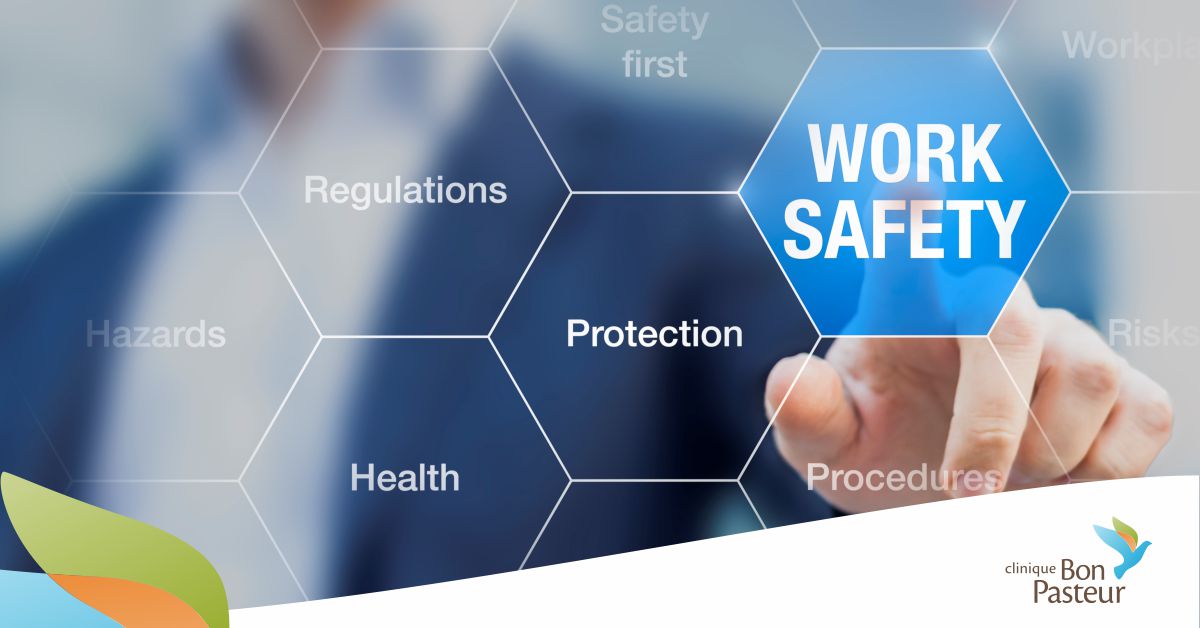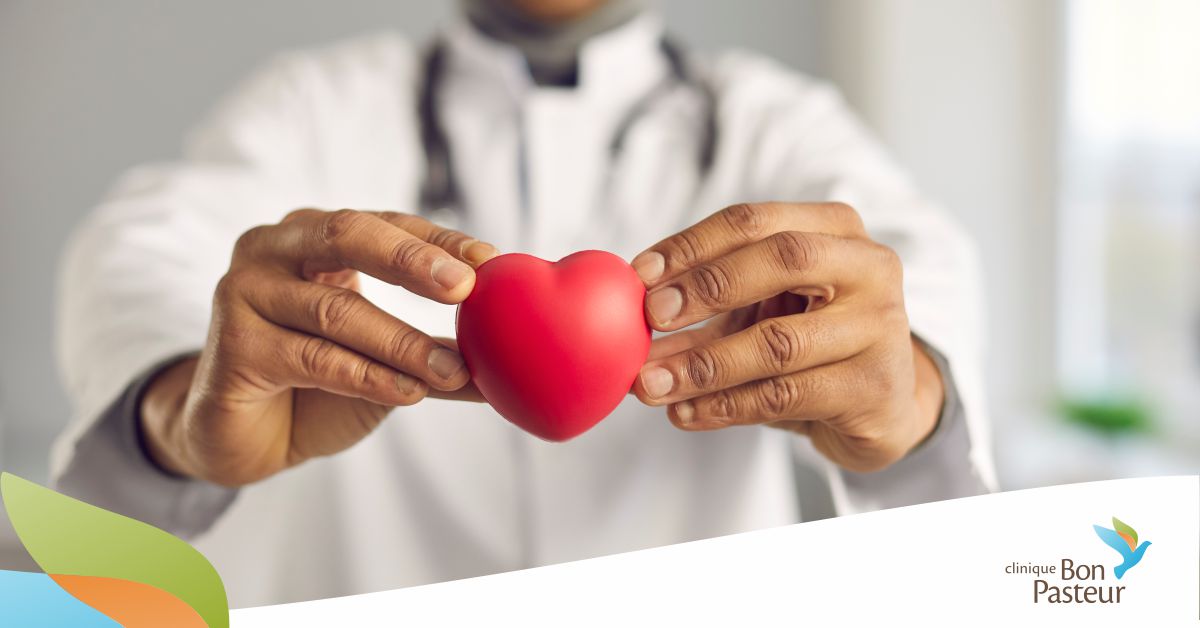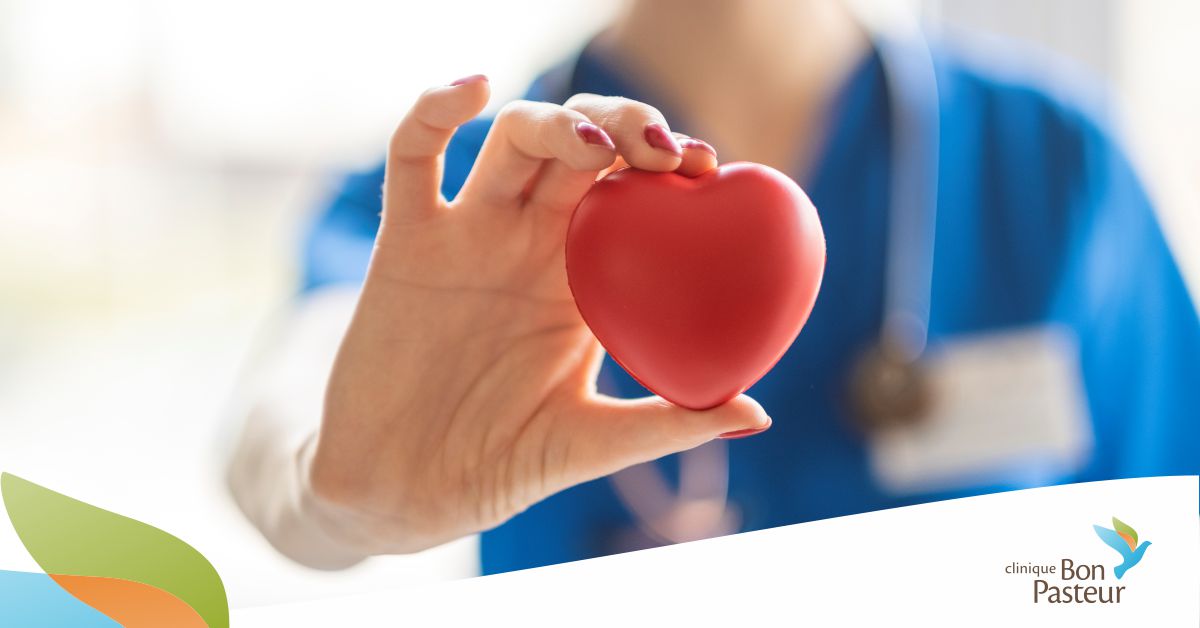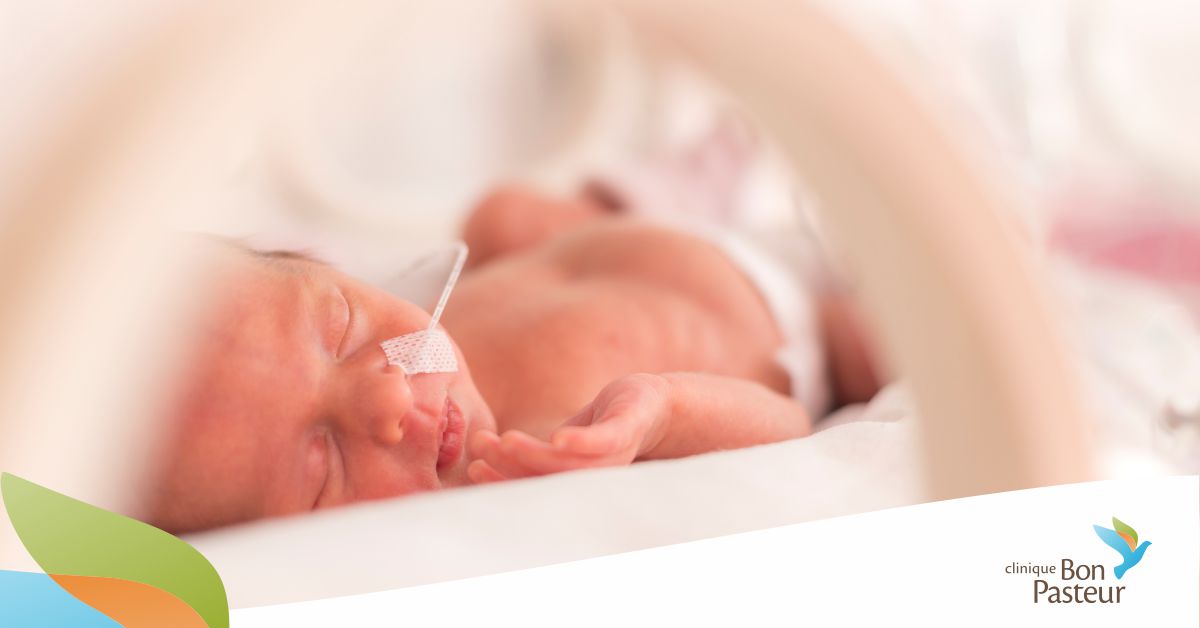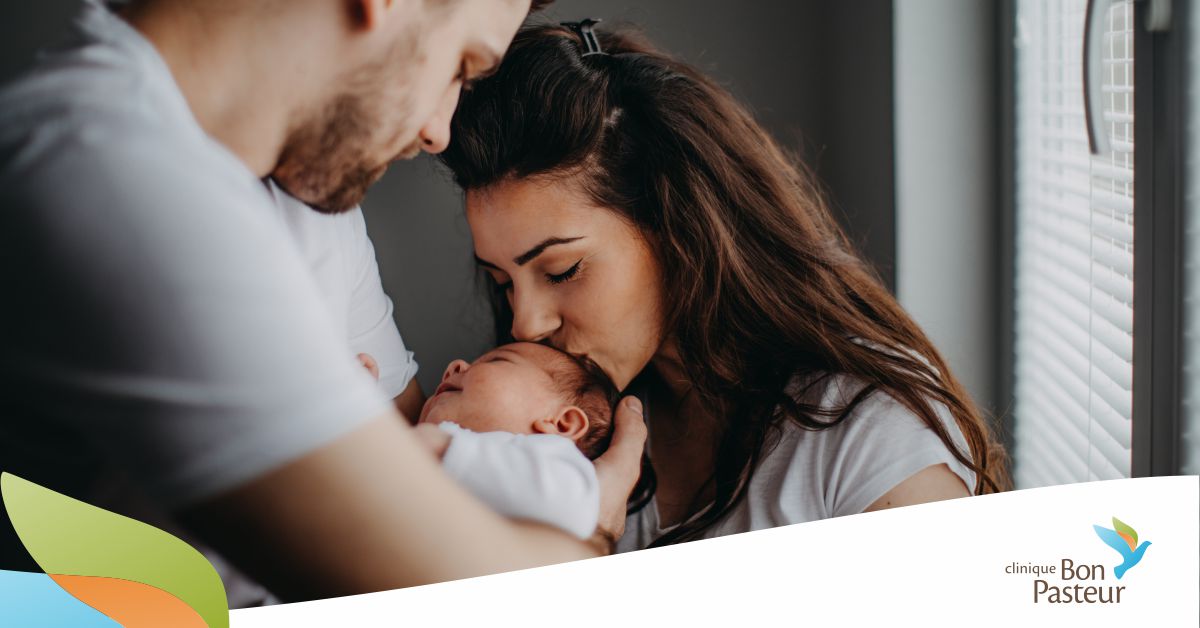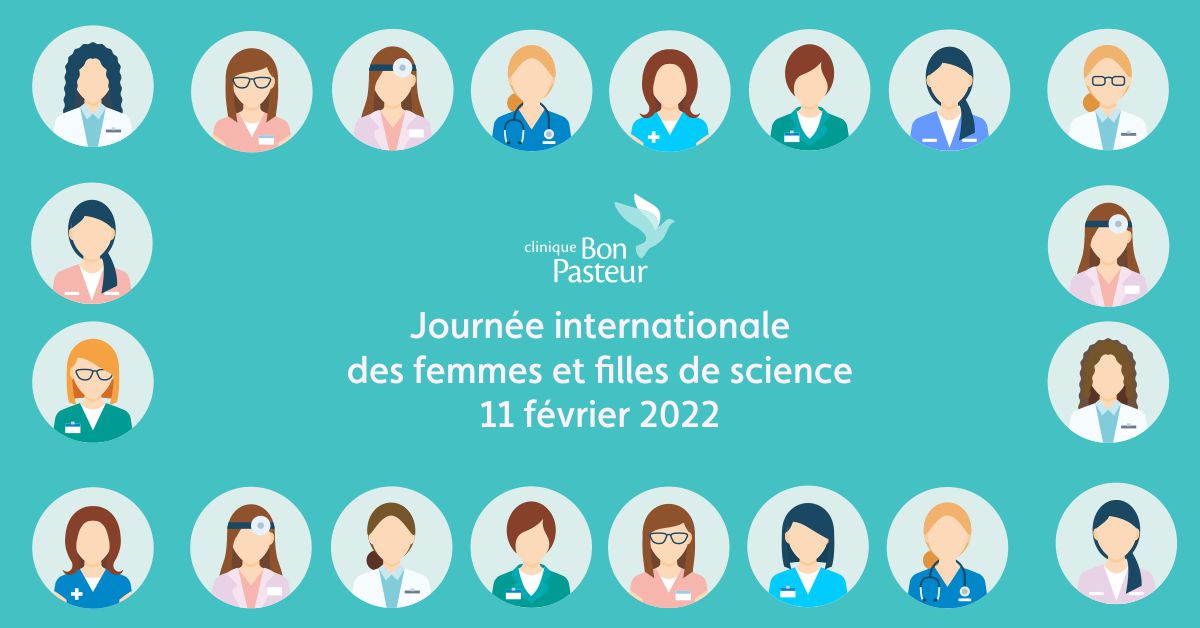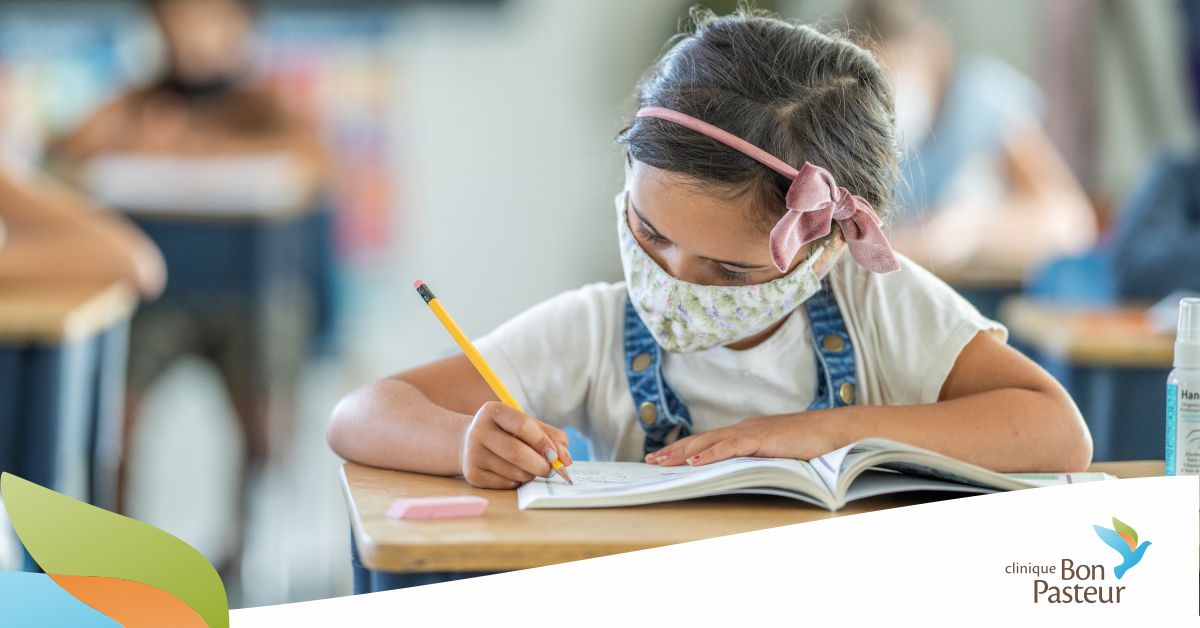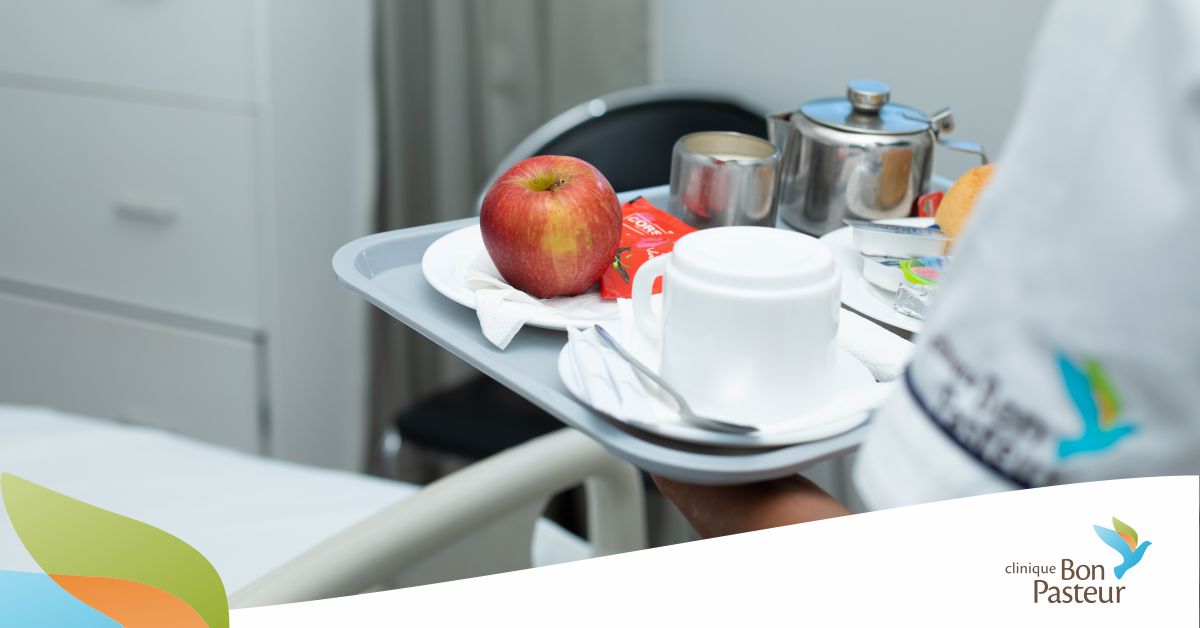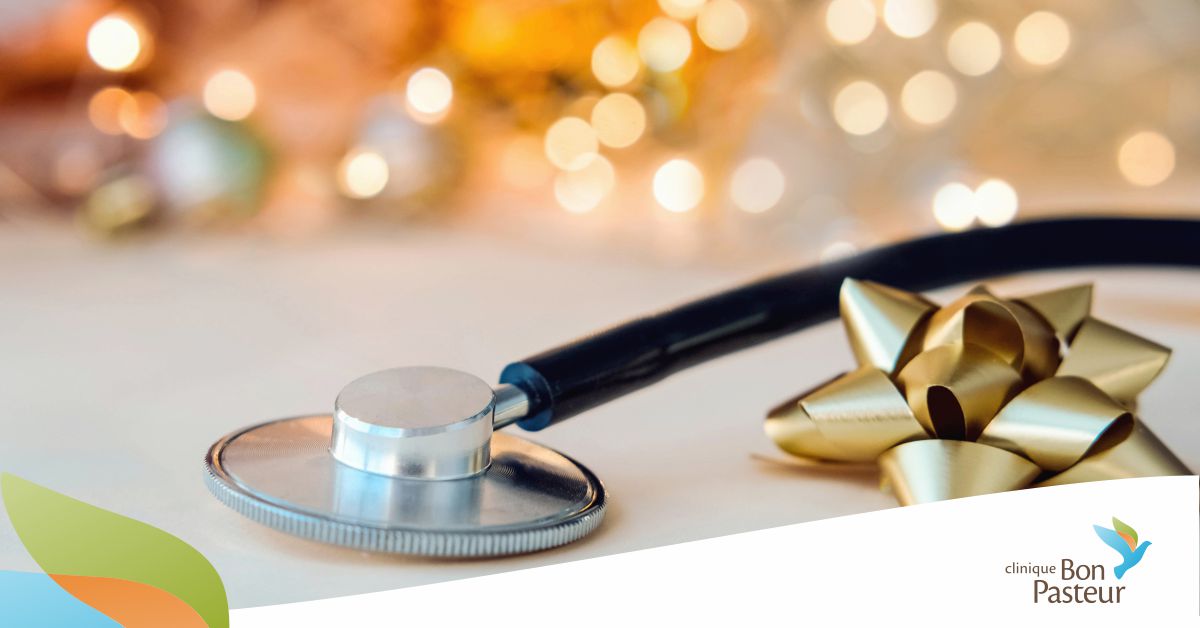Since the Clinique Bon Pasteur is committed to the safety and health of its employees and collaborators as well as its patients and visitors, works have been initiated this year to provide an optimal environment to all. Anju Teeluck, Health & Safety Officer, and Mario Sandian, Clinic Maintenance Officer, are telling us more.
Drafted in 2008, the Health and Safety Policy has undergone many adjustments over the years in order to address all the aspects of health and safety at the Clinic in the best way. ‘Our policy covers a wide range of topics, including the responsibility of each individual, in particular the employer’s responsibility to its employees, but also the monitoring of reported health and safety concerns and the implementation of the recommended corrective measures,’ explains Anju. In addition, training is put in place to ensure the application of appropriate work practices as well as the review and improvement of all processes.
Indeed, a good health and safety policy is a win-win solution for all parties. ‘We not only comply with the laws and regulations: we also ensure a safe environment, where it is a pleasure to work or stay. This is not only beneficial as to the commitment of our employees and clients, but also generates positive long-term results for the clinic with, for example, the arrival of new reputable doctors,’ Anju continues. In the year 2022, the Clinic is therefore working hard to improve its premises.
The improvements include the creation of a new operating room and the renovation of the two existing ones, in order to best meet the needs of patients and employees. ‘Everything has been designed according to international standards. For example, our new centralised air conditioning system is built with HEPA filters to supply clean air in the rooms, thus reducing the risk of infection,’ says Mario. At the same time, the embellishment of the front yard, with the creation of small gardens, automatic irrigation and new paving, promises an enhanced living space.
The redevelopment of the car park, which is still under way, is a project that weighs heavily in the safety balance. ‘In addition to such renovation, we also plan to install an automatic gate and a ticket system for better access control,’ adds Mario. The aim is to minimise the risk of accidents and incidents by improving vehicle traffic. The access ramp for persons with reduced mobility was also rebuilt to provide easier access to the consultation rooms.
The works may be numerous, but all precautions are taken to ensure site safety for all. ‘Workers have equipment that meet safety requirements and work under the supervision of an experienced contractor and a project manager. Some accesses are now restricted, and we are making our best efforts to reduce noise so as not to impede the day-to-day lives of employees and patients,’ says Anju. As most works are still in progress, the Clinic is looking forward to unveiling a modern and fresh look, to the great delight of its collaborators and visitors.
